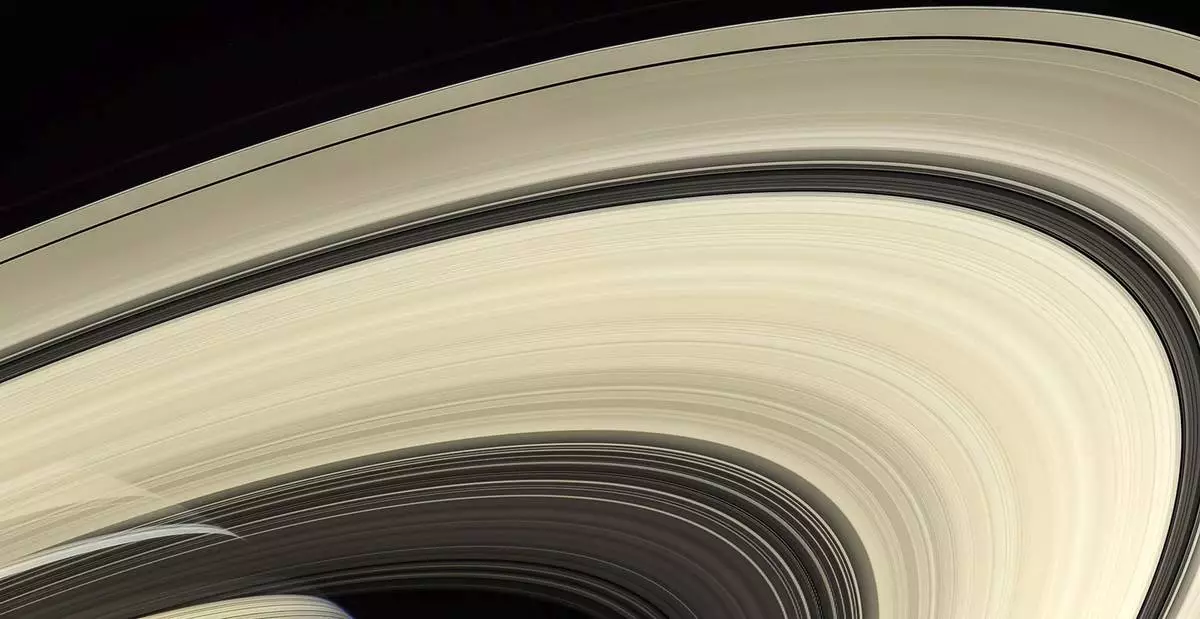ALEXANDRIA, Va. (AP) — A northern Virginia man targeted by an FBI sting operation has been convicted on terrorism charges for collecting funds on behalf of the Islamic State group.
Mohammed Chhipa, 35, of Springfield, was convicted late Friday afternoon on all five counts against him, including providing material support to a terrorist organization, after a weeklong trial at the U.S. District Court in Alexandria. The jury deliberated for about three hours.
Prosecutors said Chhipa met several times with an undercover FBI operative who gave him hundreds of dollars on multiple occasions in 2021 and 2022, earmarked for a Syrian woman and Islamic State group member known as Umm Dujanah.
Prosecutors alleged that bank records showed that Chhipa sent more than $74,000 to the Islamic State group in a similar fashion — collecting donations personally from supporters, converting the cash into bitcoin and sending it to bank accounts in Turkey for use by the group.
Chhipa was particularly interested in sending funds to help women from the Islamic State group escape prison camps to which they had been sent after the terrorist group was routed from territory it held in Iraq and Syria, prosecutors said in the trial's opening statements.
Chhipa's lawyers had argued that their client was a target of relentless investigation by the FBI, and played on his clear desire to find a wife by using undercover operatives who, among other ruses, pretended to be marriage brokers or even a willing bride.
“The FBI investigated Mohammed Chhipa for 10 years and came up with nothing. Nothing. So, after a decade of bearing no fruit, the FBI decided to create the crime themselves,” defense attorney Jessica Carmichael said during Friday's closing arguments.
Chhipa has said in court papers that he is now married to Allison Fluke-Ekren, an American from Kansas who is serving a 20-year prison sentence. Fluke-Ekren pleaded guilty last year to organizing and leading the Khatiba Nusaybah, a battalion in the Islamic State group in which roughly 100 women and girls learned how to use automatic weapons and detonate grenades and suicide belts.
Prosecutors, though, say that the marriage was conducted online and has no legal status in the U.S. They said Chhipa, a naturalized U.S. citizen originally from India, has been trying to adopt Fluke-Ekren’s children.
Chhipa will be sentenced in May.

FILE - The U.S. Courthouse is seen in Alexandria, Va., Thursday, Sept. 2, 2021. (AP Photo/Cliff Owen, File)
CAPE CANAVERAL, Fla. (AP) — New research suggests that Saturn’s rings may be older than they look — possibly as old as the planet.
Instead of being a youthful 400 million years old as commonly thought, the icy, shimmering rings could be around 4.5 billion years old just like Saturn, a Japanese-led team reported Monday.
The scientists surmise Saturn’s rings may be pristine not because they are young but because they are dirt-resistant.
Saturn's rings are long thought to be between 100 million and 400 million years old based on more than a decade of observations by NASA's Cassini spacecraft before its demise in 2017.
Images by Cassini showed no evidence of any darkening of the rings by impacting micrometeoroids — space rock particles smaller than a grain of sand — prompting scientists to conclude the rings formed long after the planet.
Through computer modeling, the Institute of Science Tokyo's Ryuki Hyodo and his team demonstrated that micrometeoroids vaporize once slamming into the rings, with little if any dark and dirty residue left behind. They found that the resulting charged particles get sucked toward Saturn or out into space, keeping the rings spotless and challenging the baby rings theory. Their results appear in the journal Nature Geoscience.
Hyodo said it's possible Saturn's rings could be somewhere between the two extreme ages — around the halfway mark of 2.25 billion years old. But the solar system was much more chaotic during its formative years with large planetary-type objects migrating and interacting all over the place, just the sort of scenario that would be conducive to producing Saturn's rings.
“Considering the solar system’s evolutionary history, it’s more likely that the rings formed closer to" Saturn's earliest times, he said in an email.
The Associated Press Health and Science Department receives support from the Howard Hughes Medical Institute’s Science and Educational Media Group. The AP is solely responsible for all content.

This Aug. 22, 2009 image made available by NASA shows a section of Saturn's rings, as seen from the Cassini spacecraft. (NASA/JPL-Caltech/Space Science Institute via AP)

This July 6, 2017 image made available by NASA shows the planet Saturn on the sunlit side of the rings from a distance of about 47,000 miles (76,000 kilometers), as seen from the Cassini spacecraft. (NASA/JPL-Caltech/Space Science Institute via AP)

This April 25, 2007 image made available by NASA shows a part of the rings of the planet Saturn, as seen from the Cassini spacecraft. (NASA/JPL-Caltech/Space Science Institute via AP)

This Jan. 2, 2010 image made available by NASA shows the planet Saturn, as seen from the Cassini spacecraft. (NASA/JPL-Caltech/Space Science Institute via AP)














